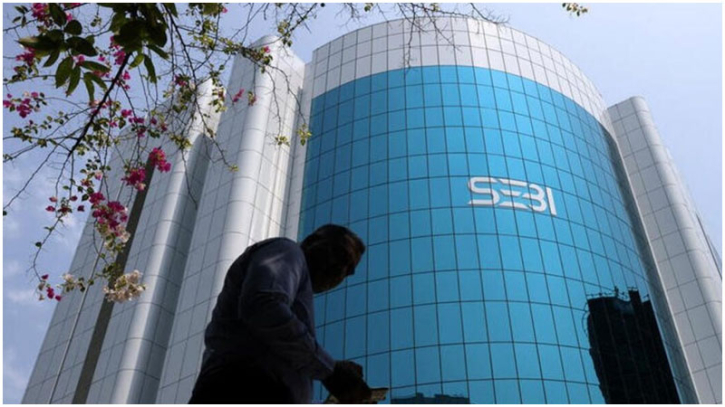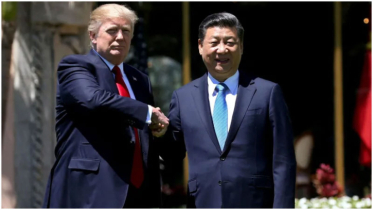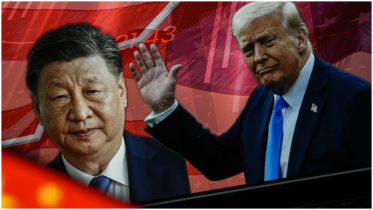India accelerates financial reforms as $17bn foreign outflow rattles markets

India is moving swiftly to overhaul its financial sector after nearly $17 billion in foreign investment exited the country this year, prompting concerns about investor confidence and the broader impact of U.S. tariffs on growth.
Regulators and policymakers are rolling out a series of measures to attract fresh foreign inflows, strengthen bank capital buffers, and boost domestic investment. Recent steps by the Reserve Bank of India (RBI) and the Securities and Exchange Board of India (SEBI) include faster listing procedures, easier access for overseas lenders and funds, and looser borrowing rules for corporates and banks involved in mergers.
According to six regulatory and market sources, further reforms are planned over the next six to 12 months, including moves to deepen retail participation in smaller towns and ease banking regulations. These initiatives align with Prime Minister Narendra Modi’s drive for greater economic self-reliance and resilience amid global trade tensions.
“There is an increased focus on ease of doing business and the regulatory cholesterol clogging up the financial sector is being cleared,” said Srini Srinivasan, managing director at Kotak Alternate Asset Managers, which oversees $20 billion in assets.
India has seen foreign investors sell nearly $17 billion in equities so far this year, compared to small inflows of $124 million in 2024 and $20 billion in 2023 — making it Asia’s worst-hit market for portfolio outflows.
The latest push mirrors liberalization efforts in China, which has opened its stock options and bond repurchase markets to foreign investors in recent months.
The Reserve Bank of India expects the economy to grow 6.8% in the fiscal year ending March 2026, up from 6.5% in the previous year but below its target of around 8%. Regulators hope easing rules will spur investment and sustain growth momentum.
“This year’s concerted efforts to ease certain regulatory requirements have certainly not gone unnoticed,” said Vikas Pershad, portfolio manager at M&G Investments in Singapore. “These steps are meaningful in creating a more accessible and investor-friendly environment.”
The reform drive follows leadership changes at both the RBI and SEBI, with Sanjay Malhotra taking over as central bank governor in December and Tuhin Kanta Pandey assuming charge at SEBI in March. Both previously served in the finance ministry and share a pro-reform outlook aimed at undoing overly restrictive post-crisis regulations from the 2016–2018 debt turmoil.
Recent RBI changes allow banks to finance acquisitions and lend more against listed securities. Capital buffer requirements for non-bank infrastructure lenders have been relaxed, and curbs on lower-rated firms borrowing overseas have been lifted.
“The current governor is leaning more towards liberalisation and optimum regulation. Some of these changes are really needed,” said former RBI deputy governor H.R. Khan.
SEBI, meanwhile, is simplifying foreign investor entry rules and expanding mutual fund access to smaller urban centers to deepen domestic market participation.
However, analysts warn that structural challenges remain. “The effort towards reviving animal spirits in the private sector comes back to some of the bigger bureaucratic, judicial and tax reforms geared towards the ease of doing business,” said Ian Simmons, senior portfolio manager at Fiera Capital in London.
While the reforms have been welcomed by investors, experts say India will need sustained policy consistency and deeper institutional changes to fully restore global confidence and attract long-term capital.
.png)




